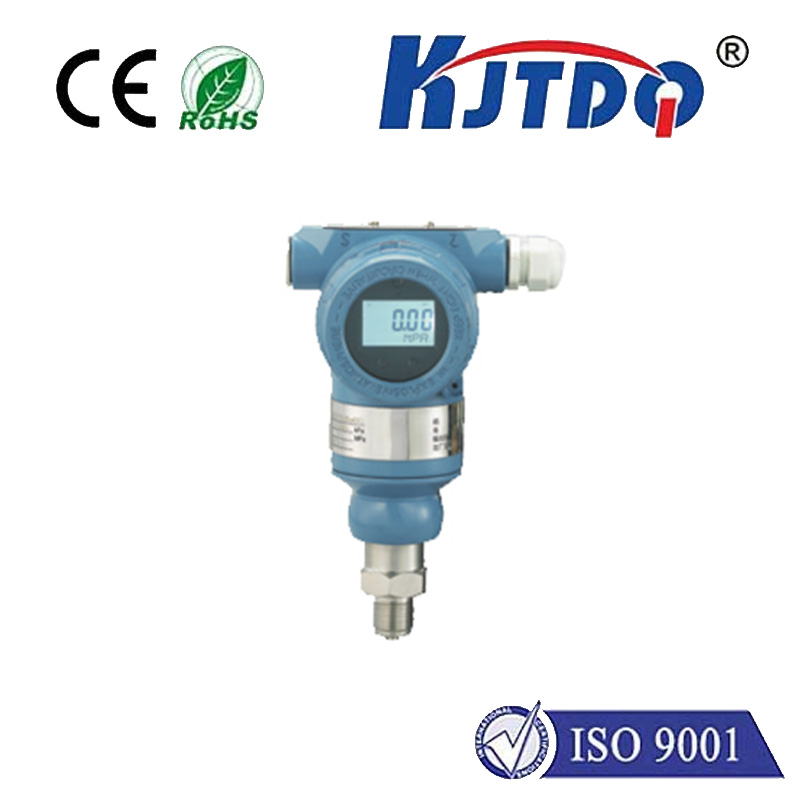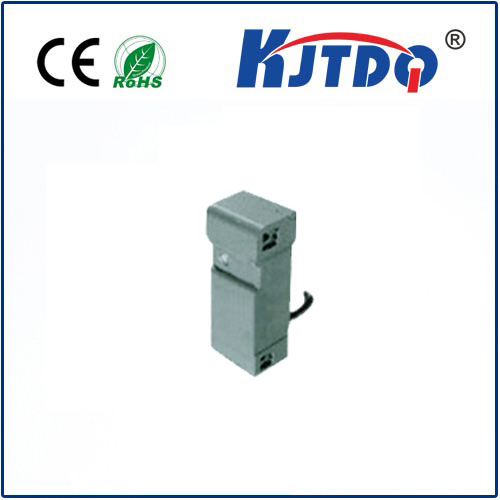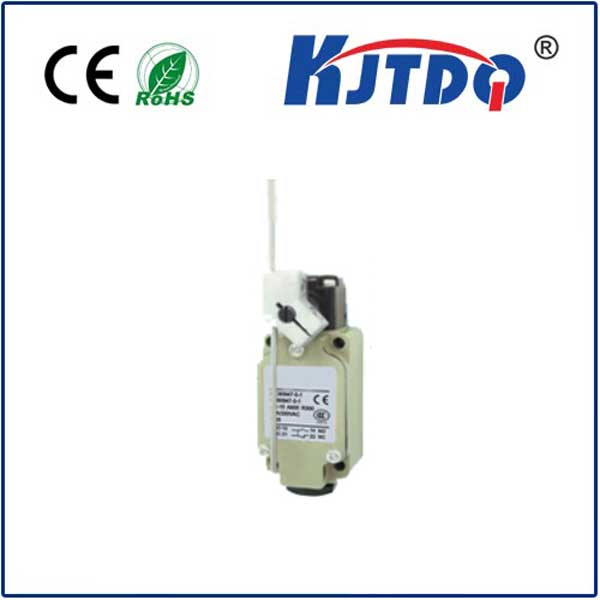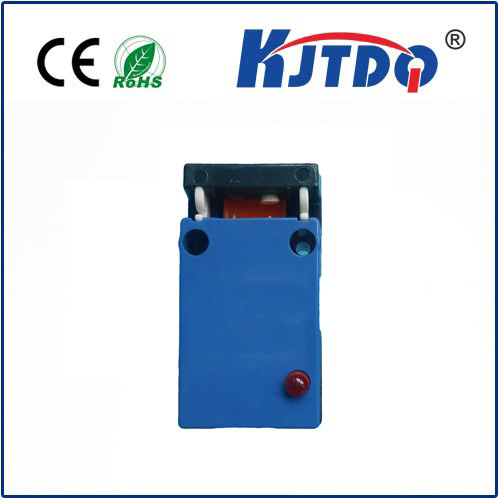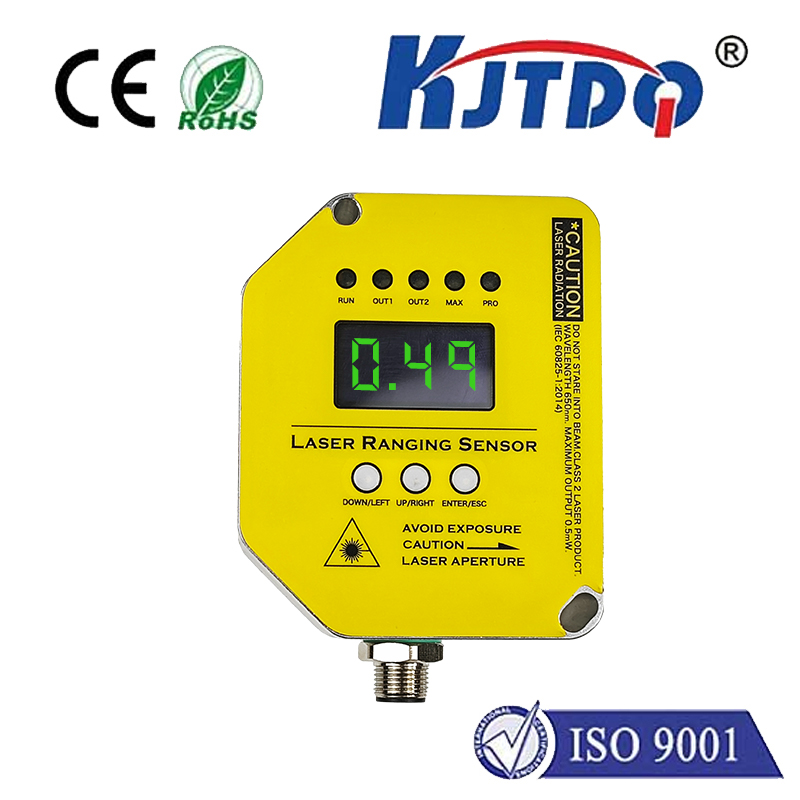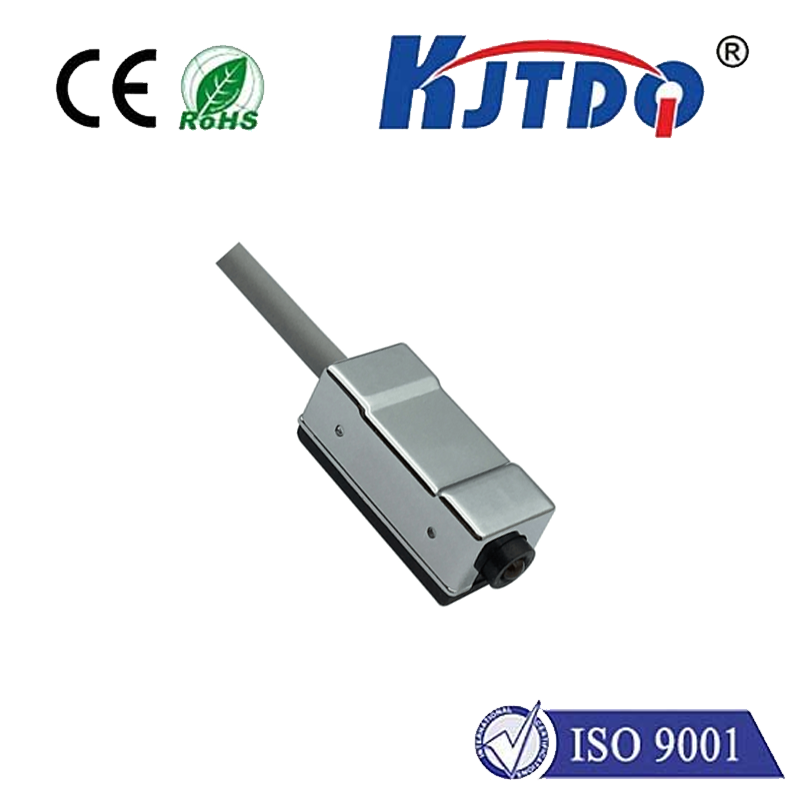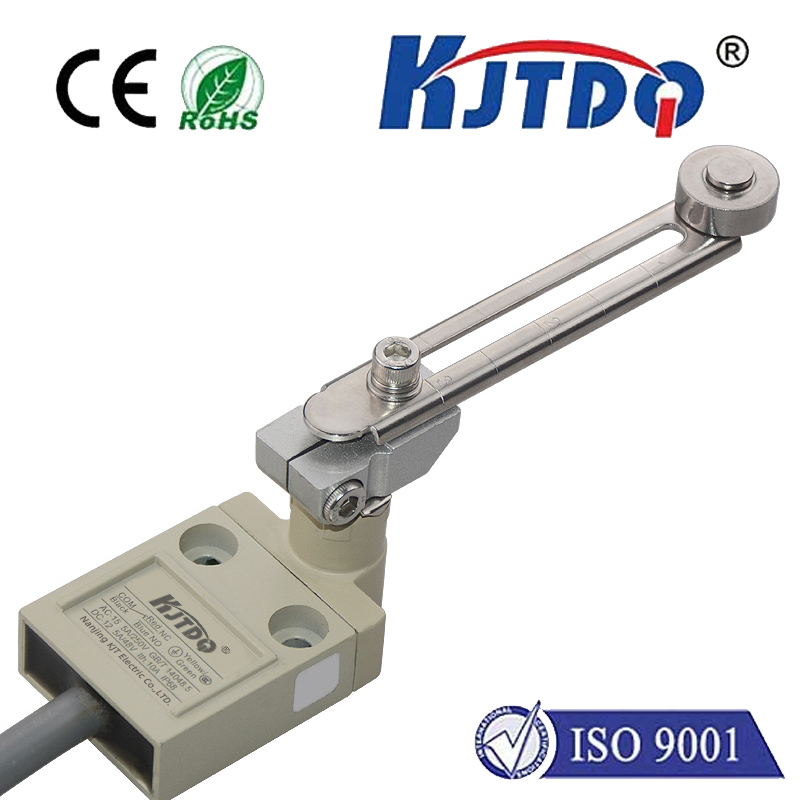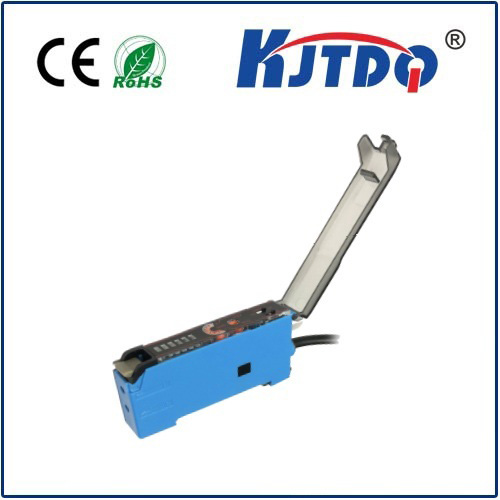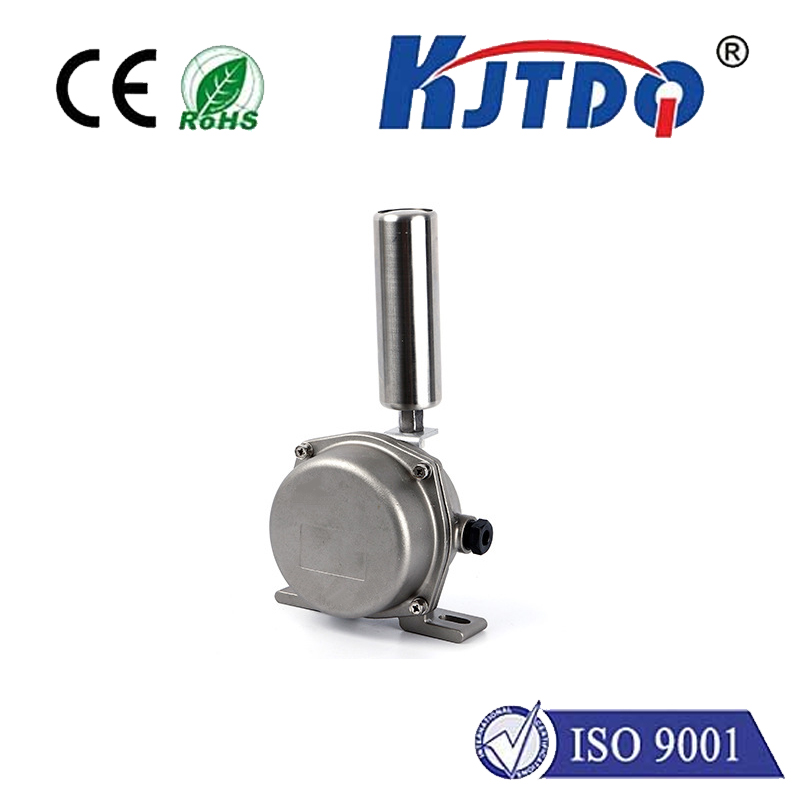
check

check

check

check
In recent years, technology has made leaps and bounds, transforming various aspects of our daily lives. Among these advancements is the infrared distance sensor. Though often overlooked, this small yet powerful device plays a crucial role in numerous applications. Whether you’re aware of it or not, infrared distance sensors are integral to many modern conveniences and innovations. Let’s dive deeper into what they are, how they work, and why they matter.
An infrared distance sensor, also known as an infrared proximity sensor, is an electronic device that measures the distance between itself and another object using infrared light. This non-contact sensing technology is invaluable in situations where physical contact would be impractical or damaging. By emitting a beam of infrared light and measuring the time it takes for the light to reflect back from the object, the sensor can calculate the precise distance.
The working principle behind an infrared distance sensor is relatively straightforward. The sensor consists of an infrared light-emitting diode (LED) and a photodiode. Here’s a step-by-step explanation of its operation:
Emission: The infrared LED emits a continuous or pulsed beam of infrared light.
Reflection: When this light hits an object, some of it reflects back towards the sensor.

Detection: The photodiode then detects the reflected infrared light.
Calculation: The time delay between the emission of the light and the detection of its reflection is measured. Since the speed of light is constant, this delay can be used to calculate the distance to the object.
Infrared distance sensors find applications in a wide range of fields due to their accuracy and reliability. Here are just a few examples:
Automobile Safety: Modern cars use infrared distance sensors in parking assist systems, collision avoidance, and adaptive cruise control. These sensors help prevent accidents by providing real-time distance data to the vehicle’s computer system.
Consumer Electronics: Smartphones, smart TVs, and home automation systems utilize infrared distance sensors for features like automatic screen brightness adjustment based on ambient lighting, gesture recognition, and more.
Industrial Automation: In manufacturing, infrared distance sensors are used for level measurement, object presence detection, and quality control processes. They help streamline operations and improve efficiency.
Healthcare: In medical devices such as glucose meters and blood pressure monitors, infrared sensors ensure accurate measurements without the need for direct contact, improving patient comfort and hygiene.
Robotics: For robots and autonomous vehicles, these sensors are essential for navigation and obstacle avoidance, enabling them to move safely and efficiently through complex environments.
While infrared distance sensors offer a host of benefits, including high precision, low cost, and ease of integration, they do have some limitations. Their performance can be affected by environmental factors such as dust, smoke, or other particulates that may absorb or scatter the infrared light. Additionally, they have a limited range compared to other types of sensors like ultrasonic or laser-based ones. However, ongoing research and development efforts continue to enhance the capabilities and resilience of these sensors, making them even more versatile and reliable. Innovations such as combining infrared sensors with complementary technologies are helping to overcome existing challenges and expand their applicability.
As technology advances, we can expect infrared distance sensors to become even more sophisticated and widespread. Emerging trends suggest that these sensors will play a key role in the growth of artificial intelligence, Internet of Things (IoT), and smart cities. With improvements in accuracy, range, and resistance to environmental factors, their potential applications will only grow, making them indispensable tools in the tech landscape of tomorrow. In conclusion, infrared distance sensors are remarkable devices with a significant impact on both everyday life and advanced technological applications. As we continue to innovate and integrate these sensors into new systems, their importance will only increase, making them a cornerstone of modern sensing and automation technologies.
